Whiskeytown in Bloom: A Guide to WildflowersFrom April through August, Whiskeytown’s landscape bursts into color as a diverse array of wildflowers bloom. In lower elevations near the lake, you can spot vibrant flowers from April to June. Higher up in Coggins Park and on Shasta Bally, wildflowers reach their peak later, from June to August, once the snow has melted. Along Whiskeytown’s trails and roads, look for native wildflowers such as lupines, brodiaeas, irises, poppies, phlox, sunflowers, buttercups, and monkey flowers. Each species adds unique beauty to the park and plays a role in its natural ecosystem. Please help us preserve these delicate flowers by taking only pictures and leaving only memories. Explore some of Whiskeytown’s wildflower species below! 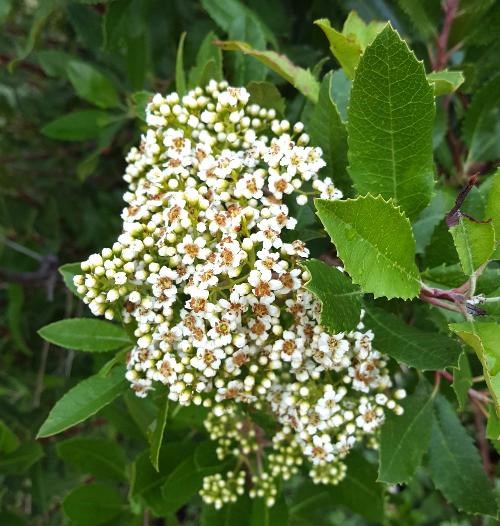
ToyonHeteromeles arbutifolia 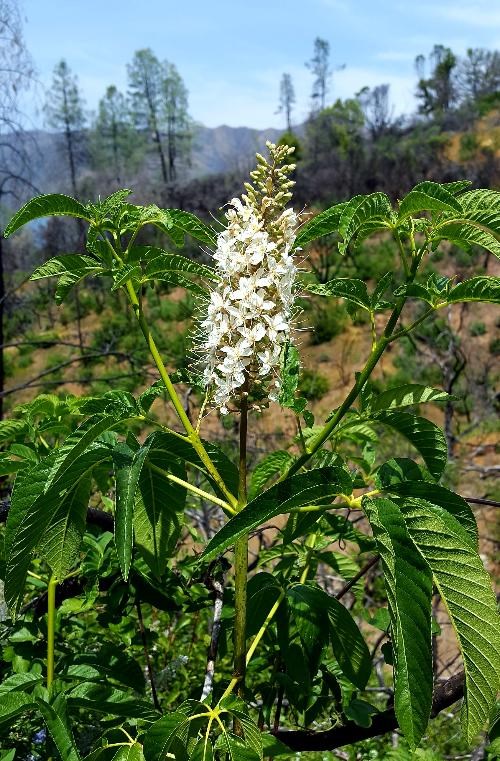
California BuckeyeAesculus californica 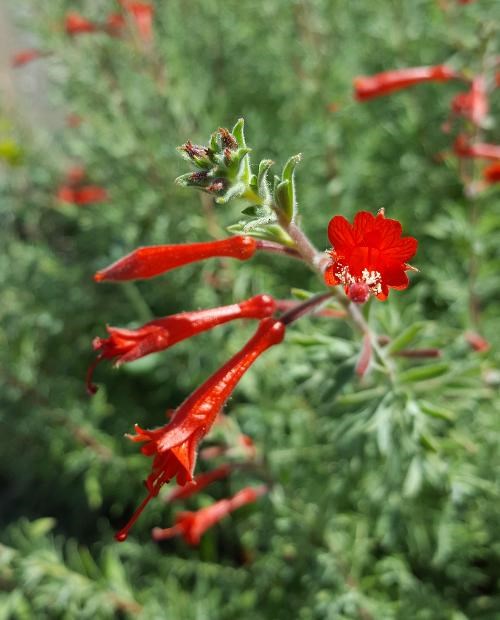
California FuchsiaEpilobium canum 
Yerba SantaEriodictyon californicumBest viewed: May-June Flower size: 1-1.5 cm Family: Boraginaceae Habitat: Mixed forest and chaparral Type: Shrub Notes: Yerba Santa is very common throughout Whiskeytown. It has a pungent, bitter flavor that many animals avoid, though it has many traditional uses as a medicine. 
Firecracker FlowerDicholostemma ida-maiaBest viewed: April-June Flower size: 2-3 cm flowers arranged in an umbel Family: Themidaceae Habitat: Found in mixed forests Type: Perennial herb Notes: Firecracker flowers are common along Davis Gulch trail and South Shore Drive. 
BluedicksDichelostemma capitatumBest viewed: February-April Flower size: 1-2 cm flowers arranged in an umbel Family: Themidaceae Habitat: Disturbed areas and trailsides Type: Perennial herb Notes: Common along many trails in burned areas of the park. 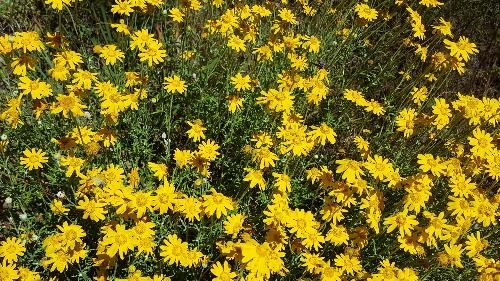
Common Wooly SunflowerEriophyllum lanatumBest viewed: May-August Flower size: 2-3 cm Family: Asteraceae Habitat: Open sunny slopes and disturbed areas Type: Perennial herb Notes: Very common along roadsides, trails and areas opened by fire. 
Cat’s EarsChalochortus tolmieiBest viewed: April-June Flower size: 3-5 cm Family: Liliaceae Habitat: Mixed forest and chapparal Type: Perennial herb Notes: Cat’s ears are low growing lilies found in shady forest areas. 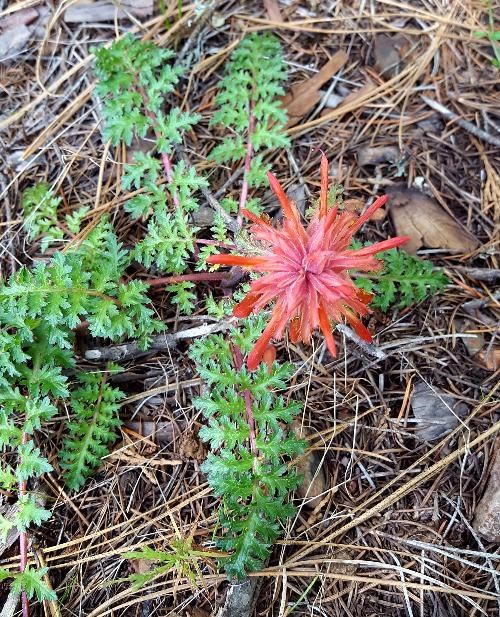
Warrior’s PlumePedicularis densifloraBest viewed: January-April Flower size: Tight clusters of 1-2 cm flowers Family: Orobanchaceae Habitat: Chaparral and foothill woodland Type: Perennial herb Notes: Warrior’s Plume often parasitizes the roots of woody trees or shrubs to obtain additional nutrients. 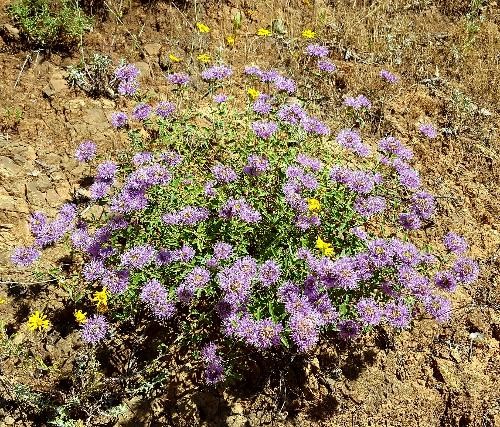
Coyote MintMonardella sheltoniiBest viewed: June-August Flower size: 1-2 cm Family: Lamiaceae Habitat: Chaparral and mixed forest in serpentine soil Type: Perennial herb Notes: Coyote mint is common along Crystal Creek Road and South Shore Drive in the summer months. 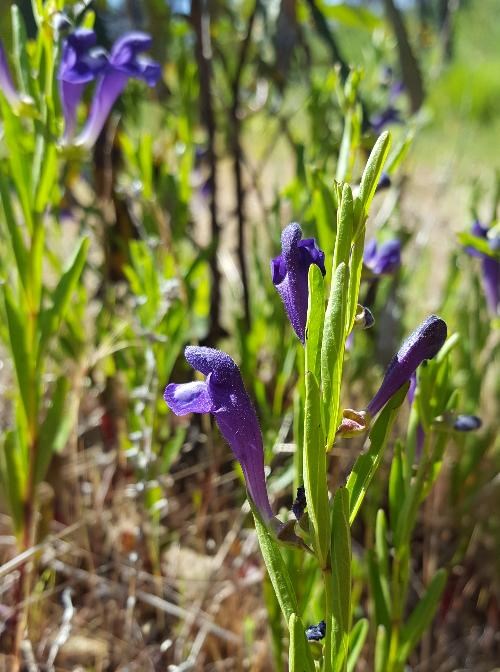
Greyleaf SkullcapScutellaria siphocampyloidesBest viewed: May-September Flower size: 3-4 cm Family: Lamiaceae Habitat: Chaparral and mixed forest communities Type: Perennial herb Notes: Greyleaf Skullcap can be seen at stream crossings and in low areas along the Shasta Mine loop trail. 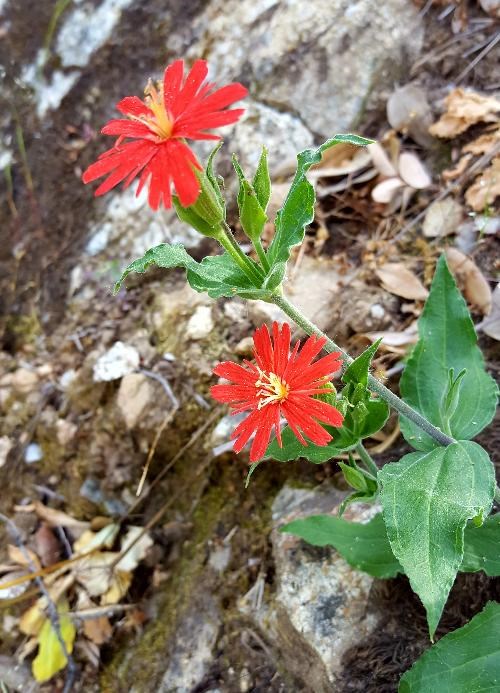
California Indian PinkSilene laciniata ssp. CalifornicaBest viewed: April-July Flower size: 2-3 cm Family: Caryophyllaceae Habitat: Chaparral and mixed evergreen forest Type: Perennial herb Notes: These flowers are common throughout the park, especially along South Shore Drive and Shasta Mine loop trail. 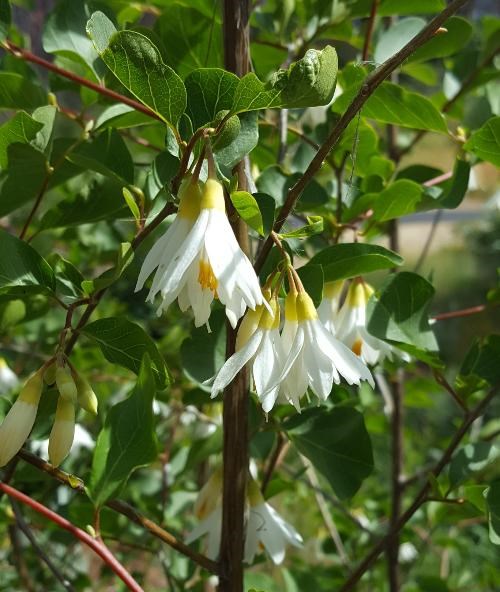
California Snowdrop BushStyrax redivivusBest viewed: April-May Flower size: 1.5-2 cm Family: Styracaceae Habitat: Chaparral and foothill woodlands Type: Shrub Notes: Snowdrop bush is common along the Guardian Rock trail and along parts of the Clear Creek Canal Trail. 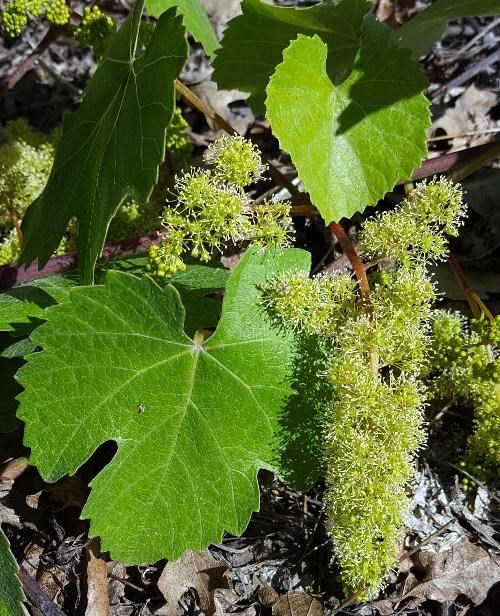
California Wild GrapeVitis californicaBest viewed: May-June Flower size: Clusters of tiny green flowers, mainly composed of filamentous stamens. Family: Vitaceae Habitat: Canyons in mixed woodlands Type: Vine or shrub Notes: The grapes are edible and, although they don’t make an ideal wine grape, they are hardy. Wine grape varies are often grafted onto California grape root stock for disease resistance. They are commonly seen as a vine growing up through trees and shrubs. 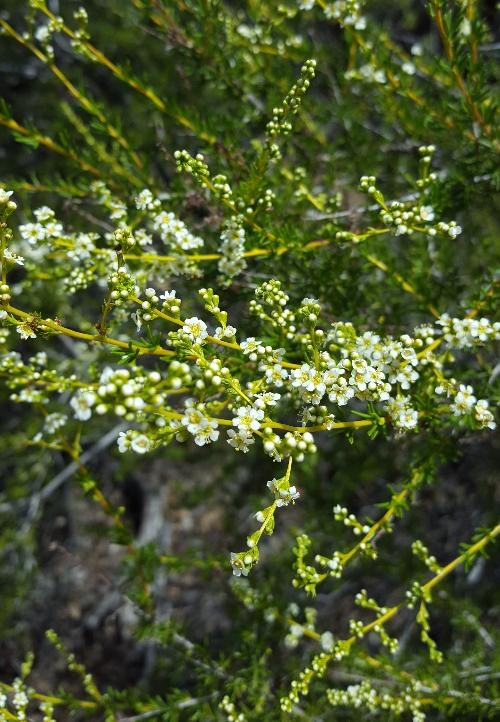
ChamiseAdenostoma fasciculatumBest viewed: June-August Flower size: Clusters of small flowers Family: Rosaceae Habitat: Chaparral Type: Shrub Notes: Chamise is an indicator species of certain chaparral ecosystems. Chamise contains flammable oils that burn readily in wildfire. Burls at the base of the shrub often re-sprout after fire. 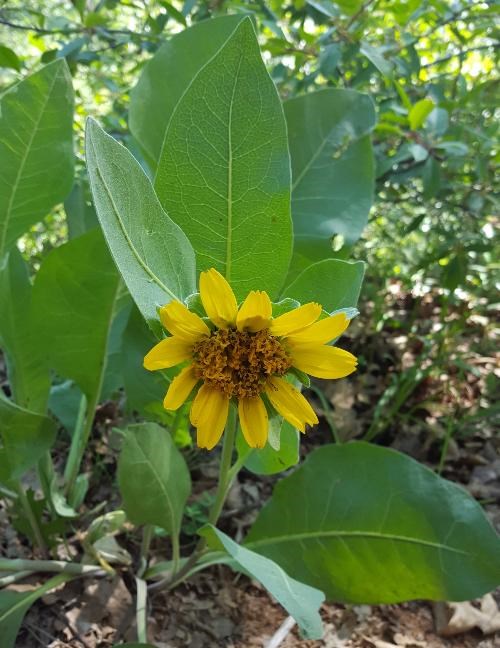
NPS Photo/Lisa Johnston Gray Mule’s EarsWythia helenioidesBest viewed: March-May Flower size: Large flower heads average around 10-12 cm across Family: Asteraceae Habitat: Sunny slopes, oak woodland, roadsides, along trails and in burned areas Type: Perennial herb 
NPS Photo/Lisa Johnston Golden TriteleiaTriteleia ixioidesBest viewed: May-JuneFlower size: 1-1.5 cm Family: Themidaceae Habitat: Foothills and pine forests Type: Perennial herb Notes: A variety of species in this family can be found along the Davis Gulch trail, adding yellow, blue, red and white to the floral palette. 
NPS Photo/Lisa Johnston Azure PenstemonPenstemon azureusBest viewed: May-August Flower size: 2 cm Family: Plantanginaceae Habitat: Coniferous forests and woodlands, roadsides Type: Perennial herb 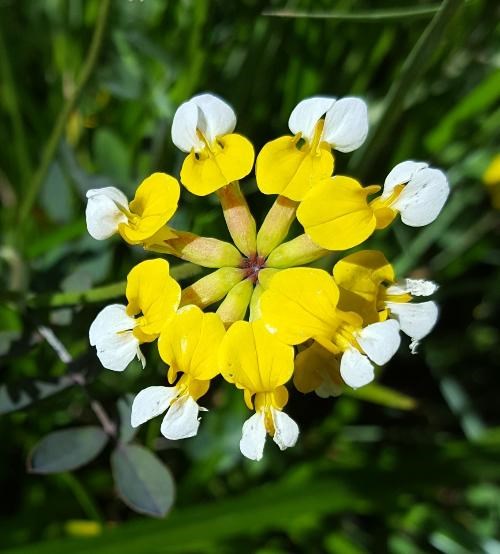
NPS Photo/Lisa Johnston Pinnate LotusHosackia pinnataBest viewed: June-August Flower size: 1 cm, arranged in a whorl Family: Fabaceae Habitat: Near seeps, springs and wetlands, foothill forests Type: Perennial herb 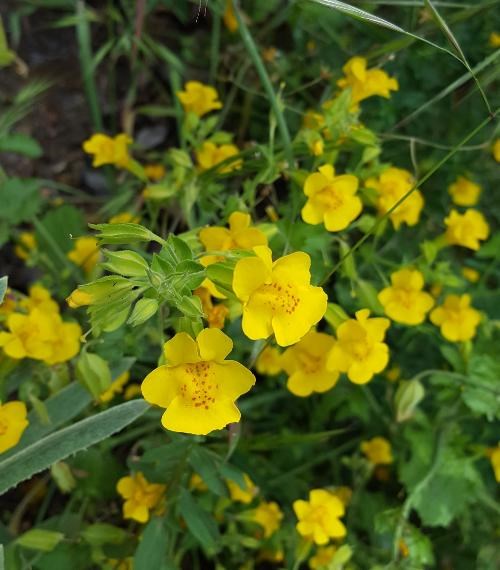
NPS Photo/Lisa Johnston Yellow Monkey FlowerErythranthe guttataBest viewed: April-June Flower size: 2 cm Family: PhrymaceaeHabitat: Seeps, springs and wetlands Type: Annual or perennial herb 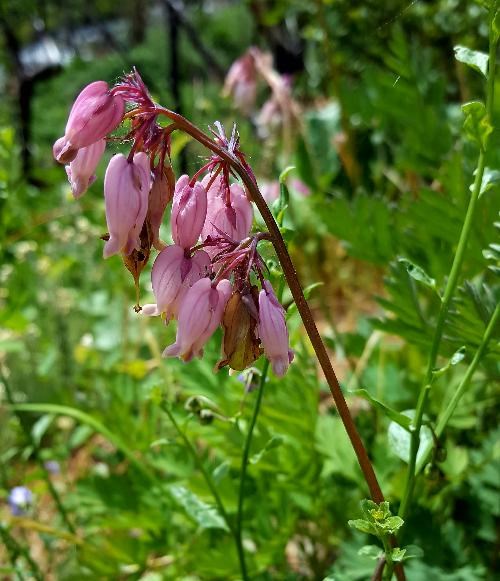
NPS Photo/Lisa Johnston Pacific Bleeding HeartDicentra formosaBest viewed: June-July Flower size: 1.5-2 cm Family: Papaveraceae Habitat: Shady canyons, riparian areas Type: Perennial herb 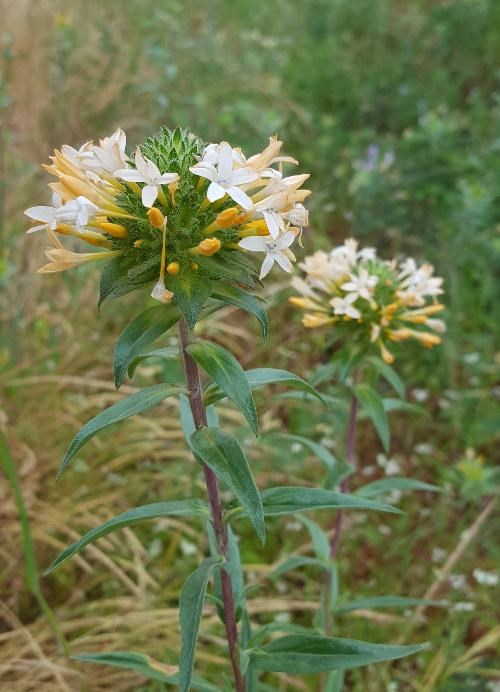
NPS Photo/Lisa Johnston Large-Flowered CollomiaCollomia grandifloraBest viewed: June-July Flower size: 1 cmFamily: Polemoniaceae Habitat: Foothill woodlands Notes: May be seen along the Camden Water Ditch in the Tower House Historic District 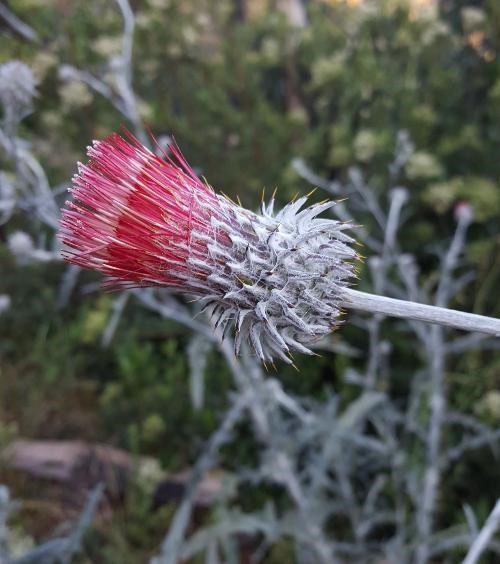
NPS Photo/Lisa Johnston Snowy ThistleCirsium occidentaleBest viewed: May-July Flower size: 4-5 cm Family: Asteraceae Habitat: Foothill woodland, chaparral, grassland 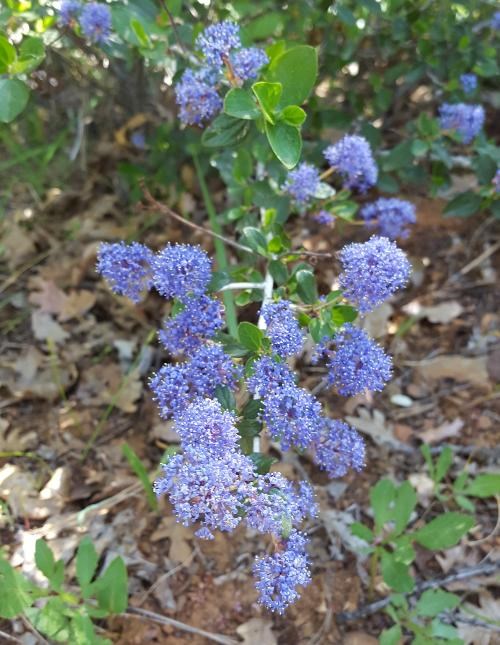
NPS Photo/Lisa Johnston Lemmon’s CeanothusCeanothus lemmoniiBest viewed: April-May Flower size: Clusters of tiny flowers Family: Rhamnaceae Habitat: Foothill woodland 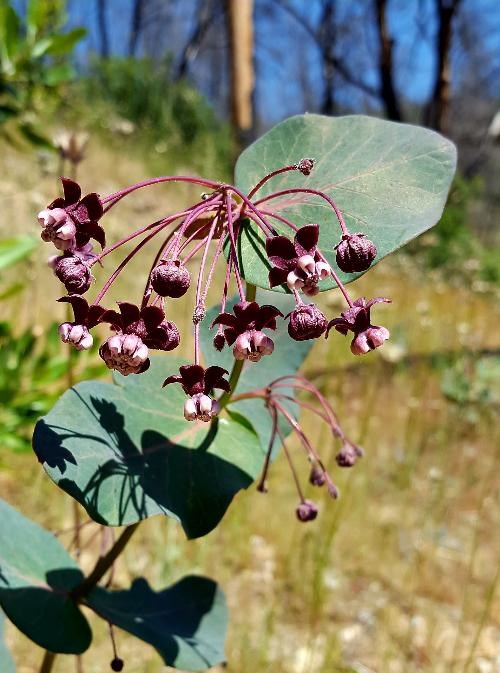
NPS Photo/Lisa Johnston Purple MilkweedAsclepias cordifoliaBest viewed: March-July Flower size: 1 cm Family: Apocyanaceae Habitat: Foothill woodland, chaparral 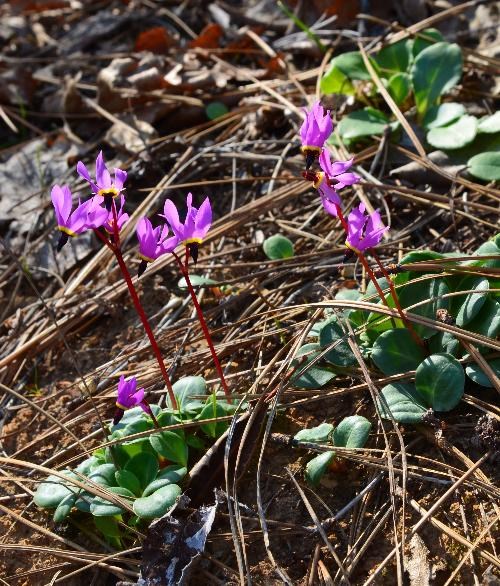
NPS Photo/Lisa Johnston Henderson’s Shooting StarPrimula hendersoniiBest viewed: February-April Flower size: 1.5-2 cm Family: Primulaceae Habitat: Foothill woodland, chaparral, grassland |
Last updated: October 29, 2024
